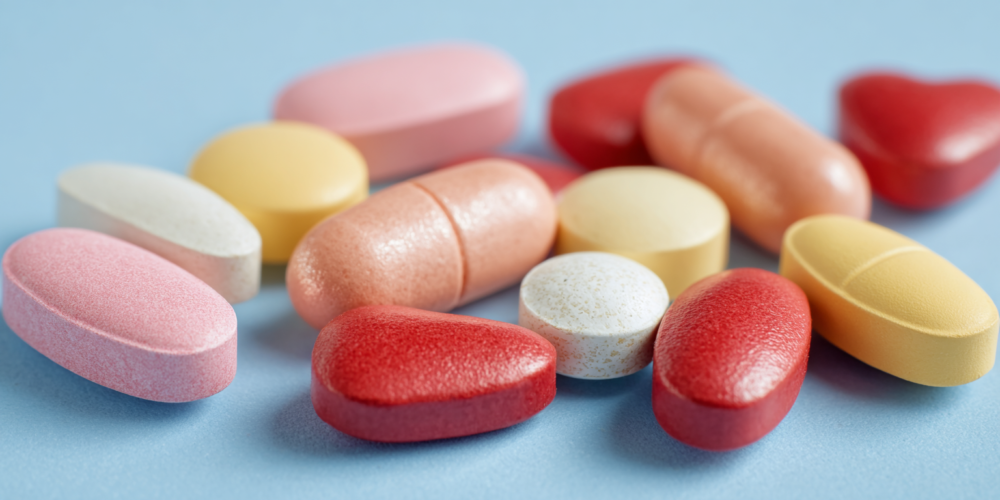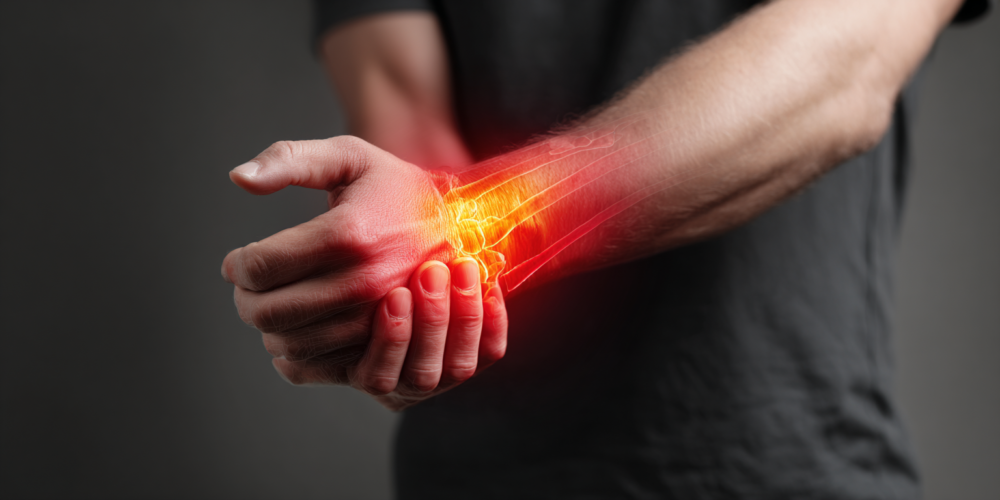
A new study has shed light on the connection between statin use and tendon problems, like tendonitis and tendinopathies. This research looked at a lot of people to see if those taking statins had more tendon issues compared to those who weren’t. The findings suggest there’s a real link, especially early on when someone starts taking statins. It also points out that certain statins might be more likely to cause these problems than others. Beyond statins, the study also highlights how your overall metabolic health plays a big part in tendon well-being.
🔗The Statin-Tendon Connection: What the Study Says

For a while now, people have been wondering if statins, which are medicines used to lower cholesterol, can cause problems with tendons. Tendons are the tough cords that connect your muscles to your bones. When they get inflamed or damaged, it’s called tendinitis or tendinopathy. While statins are great for heart health, reducing the risk of heart attacks and strokes, there have been concerns about their side effects, especially on muscles and tendons.
Past studies have been a bit all over the place. Some said statins increased the risk of tendon issues, even tendon ruptures, while others suggested the opposite. This new study aimed to clear things up by looking at a huge number of people – over 84,000 statin users and 168,000 people who didn’t take statins. They wanted to see if the statin group had more tendon problems like trigger finger, tennis elbow, rotator cuff issues, or Achilles tendinopathy.
And guess what? The study found that people taking statins had a 43.5% higher chance of developing tendinopathy compared to those not on statins. That’s a pretty big difference.
🤔Are Some Statins Worse Than Others?

The researchers also looked at specific types of statins to see if any were better or worse. They focused on atorvastatin, rosuvastatin, and simvastatin. Here’s what they found:
- Atorvastatin and Simvastatin: These two had the highest rates of tendinopathy across all the different types of tendon problems they looked at.
- Rosuvastatin: This one was a bit mixed. It had higher rates of trigger finger, elbow tendinopathies, and shoulder tendinopathies. But interestingly, it didn’t show higher rates for de Quervain’s tenosynovitis or Achilles tendinopathy.
- Other Statins: All the other statins, grouped together, also showed significantly higher rates of tendinopathy across the board.
So, it seems like it doesn’t really matter which statin you’re on; they all seem to increase your risk of tendon problems to some extent.
🤔Does How Long You Take Statins Matter?

You might think that the longer you take a statin, the higher your risk of tendon issues. The study looked into this by checking something called the “cumulative defined daily dose,” which is basically the total amount of medicine someone has taken over time. They found that statin users still had more tendon problems than non-users, no matter how much they had taken overall.
But here’s the interesting part: the risk of developing tendinopathies was actually highest in the first three months after starting a statin. It was 134% higher in that initial period. Between three and six months, it was 121% higher. After six months on the medication, the risk dropped significantly to only 12% higher. This suggests that if you’re going to experience tendon issues from statins, it’s most likely to happen early on.
🎯Balancing Benefits and Risks
When it comes to any medicine, it’s always about weighing the good against the bad. Statins can be life-savers for many people, especially those who have already had a heart attack or stroke, or those with conditions like diabetes that put them at high risk for heart problems. For these folks, the benefits of statins are huge.
However, for people who don’t have these high-risk factors, the decision to take a statin becomes a bit more complicated. For many, statins are just one of many ways to try and improve overall health.
✅Key Takeaways
- Statin users have a higher risk of developing tendon problems.
- The risk is highest in the first three months of statin use.
- Atorvastatin and simvastatin showed the highest rates of tendinopathy.
- Rosuvastatin had mixed results, with higher rates for some tendon issues but not others.
- All statins seem to increase the risk of tendon problems to some degree.
🔥Beyond Statins: The Role of Metabolic Health

Here’s something many people don’t realize: poor metabolic health can increase your risk for tendon problems just as much, if not more, than taking statins. The study found that people with metabolic syndrome are at a high risk for tendon issues. Metabolic syndrome is a group of conditions that occur together, increasing your risk of heart disease, stroke, and type 2 diabetes. It’s defined by having at least three of these:
- Too much belly fat
- Insulin resistance or impaired glucose tolerance
- High blood pressure
- Abnormal fat levels in your blood
- High fasting blood sugar
The study reported that people with metabolic syndrome had about a 2.5 times higher risk of tendon injury. Those with high hemoglobin A1c (a marker for pre-diabetes and diabetes) had a three times higher risk, and those with high cholesterol had a 1.5 times higher risk. This really shows that tendon problems aren’t just about overuse or wear and tear; they’re also connected to your body’s overall metabolic state.
⚙️Taking Control of Your Metabolic Health

The good news is that you can do a lot to improve your metabolic health without needing medication. It often comes down to making better choices about what you eat and how active you are.
🌱Focus on Your Diet

First, try to cut down on processed and fried foods. These foods can cause inflammation and oxidative stress in your body, which are bad for your metabolism and increase your risk for heart problems. The same goes for refined carbohydrates and sugary foods – they can really mess with your metabolic health.
Instead, try to eat an anti-inflammatory diet. This means filling your plate with foods that help reduce inflammation and improve your metabolism:
- Fruits and Vegetables: They’re packed with good stuff like antioxidants, vitamins, and minerals that fight inflammation and help your body use insulin better.
- Lean Proteins: Think chicken, fish, or plant-based options like nuts, seeds, beans, and soy.
- Healthy Fats: Avocados, olive oil, and fatty fish (which have omega-3 fatty acids) are great choices. Omega-3s are known for their anti-inflammatory properties and can boost your metabolic health.
🚀Get Moving

Exercise is super important, and there are two main types to focus on:
- Aerobic Exercise: This includes activities like walking, cycling, swimming, or using an elliptical. Even just a daily walk can do wonders for your heart, mental health, and overall well-being. Aim for at least 30 minutes every day.
- Strength Training: This helps build muscle, which is great for improving how your body uses insulin, burning fat, and boosting your metabolism. Try to do strength training at least three times a week, working both your upper and lower body.
Ultimately, there’s a lot you can control to improve your metabolic health without needing medication. The decision to start or continue a statin is a personal one and should always be discussed with your doctor, taking into account your specific risk factors, medical history, and family history.
Source: Dr. Jeffrey Peng

